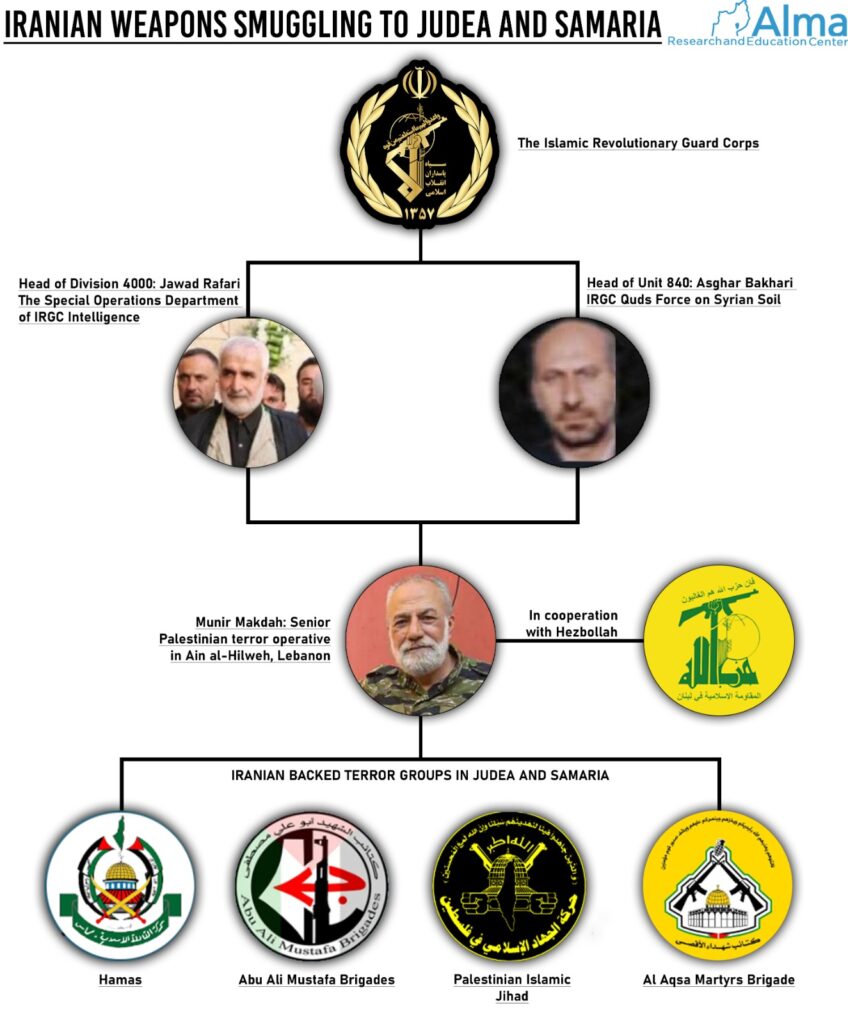On March 25 it was revealed that the ISA and the IDF had foiled the smuggling of advanced Iranian weapons from Jordan intended for terrorist operatives operating in Judea and Samaria. As we have already reported in the past, our assessment is that the Iranians and Hezbollah exploit the drug smuggling platform between Syria and Jordan to transport these weapons. The destination of these weapons in Judea and Samaria is mainly operatives of Hamas, Islamic Jihad, the Al-Aqsa Brigades (Fatah) and operatives from the Abu Ali Mustafa Brigades (the PFLP’s military-terrorist wing).
Who is responsible? Wing 4000, the Special Operations Directorate of the IRGC’s intelligence agency, led by Jawad Rafari, and the Quds Force Special Operations Unit on Syrian soil (unit 18840), sponsored by the leader of Unit 840, Yazdan Mir, also known as Sardar Bagheri.
Rafari previously served as commander of the Syrian Corps in the Quds Force. Today he is directly subordinated to the head of intelligence of the Revolutionary Guards, Muhammad Khatami.
It should be noted that Hassan Sayad Khodai, the deputy commander of Unit 840, was assassinated in Tehran in May 2022, while Ali Ismail Zadeh, another top officer in the unit, was assassinated in early June of the same year. The identity of the assassins remains unknown. In August 2020, Unit 840’s Syrian branch was also involved in placing IEDs in the southern Golan Heights against IDF units (south of Tel Fares). The unit’s activity in southern Syria (including weapons smuggling) is based on recruiting local collaborators for financial gain rather than ideological reasons.
Munir al-Makdah (also known as “Abu Hassan” or “Haj Abu Ahmad” – see details below) is another significant smuggler from Lebanon’s Ain al-Hilweh Palestinian refugee camp. Al-Makdah has long been associated with Hezbollah and the Iranian Revolutionary Guards, and he continues to support terrorist attacks today.
It’s possible that the smuggling network from Syria to Jordan also runs through tunnels. The northwestern Jordan region is the primary route utilized by Iran and Hezbollah to transport weapons to Judea and Samaria.
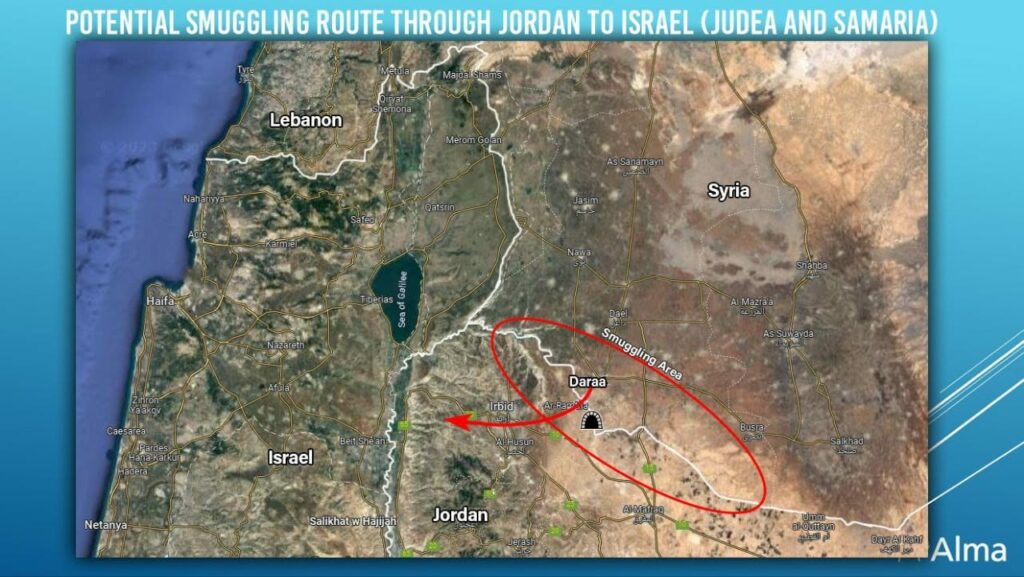
The recently seized weaponry included Iranian fragmentation charges, anti-tank mines, conventional explosives, M203 grenade launchers, shoulder-fired anti-tank missiles, RPG launchers and rockets, hand grenades, pistols, and M4 rifles.
If these weapons reach Judea and Samaria, with a focus on IEDs, mines, anti-tank missiles, and rockets, they could represent a substantial challenge to Israel, forcing it to adapt its tactics and methods for dealing with them, aside from the fact that its introduction will allow terrorists to carry out their own production using reverse engineering.
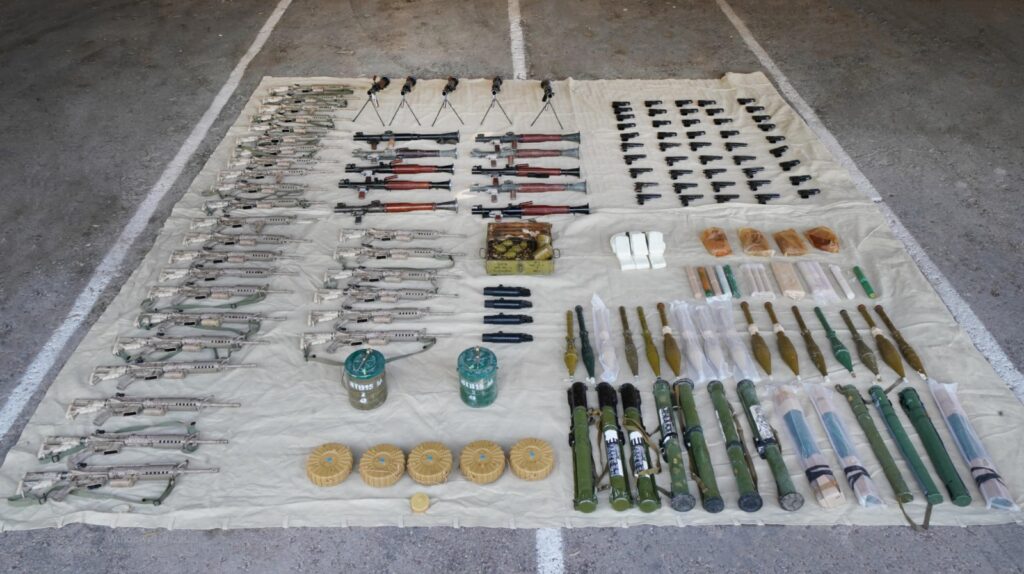
Note that the M4 rifles are standard rifles and look like rifles belonging to the US army. In our assessment, they are spoils from Iraq, Syria or Afghanistan.
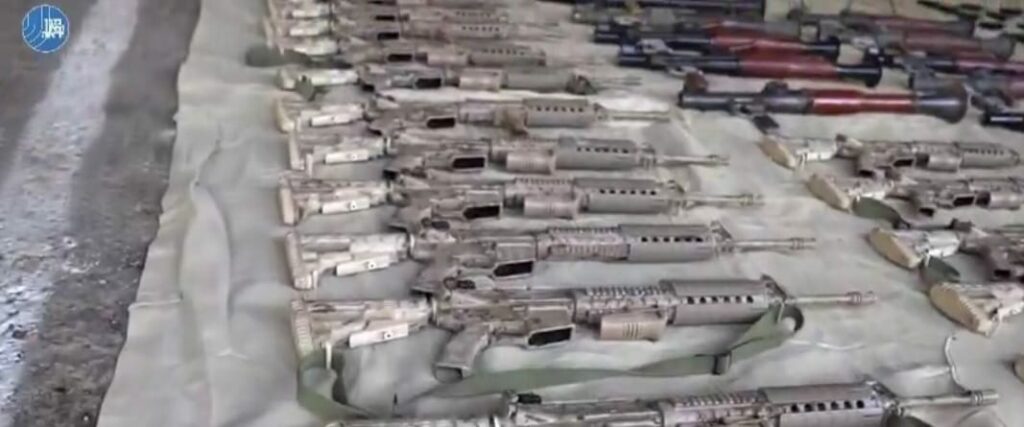
Who is Munir al-Makdah?
Munir al-Makdah was born in 1960 in the seaside village of Al-Saksakiyeh in the Zahrani area, south of Sidon, and his family later relocated to the Ain al-Hilweh camp. At the age of eleven, he joined the Fatah movement. Munir al-Makdah is known as Abu Hassan in Lebanon and Haj Abu Ahmad in Judea and Samaria. He is married with three sons, three daughters, and six grandchildren.
Al-Makdah has its own military force, and it controls the refugee camp’s center through its operatives and their families, giving him significant influence over what is going on in Ain al-Hilweh. Any change that distances him from the camp leadership will lead to the failure of the Fatah movement. Most operatives who do not belong to Al-Makdah are on the fringes of the camp, with little influence.
The Iranians’ and Hezbollah’s connection to him is necessary given his stature among Palestinians in Lebanon and his ties to Judea and Samaria.
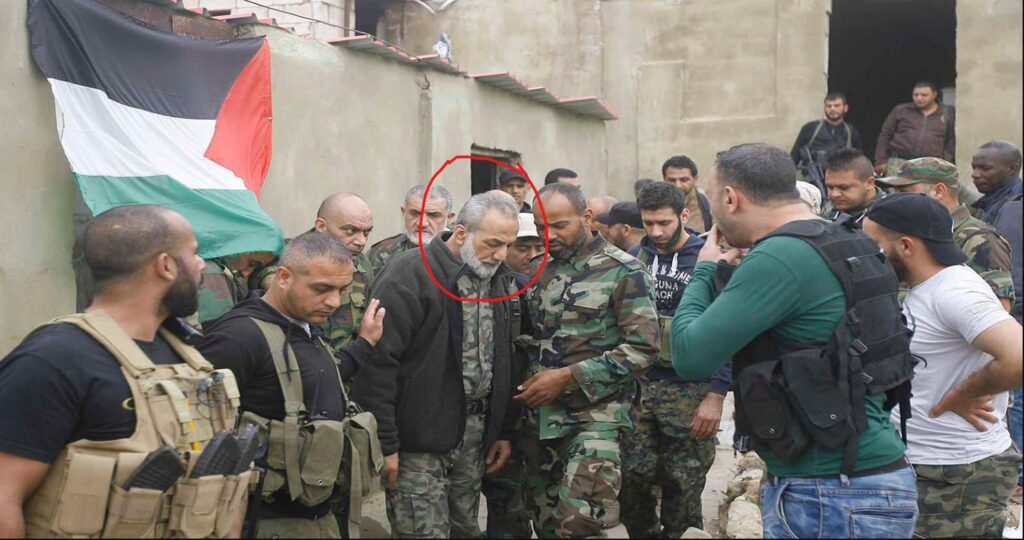
He began his military activity in Ain al-Hilweh in 1982. Munir al-Makdah quickly became the guardian of order in the Ain al-Hilweh camp and leader. This leadership was strengthened after he established a military force that became the “defender of the Palestinian revolution,” whose objective was to control the internal situation in the Ain al-Hilweh camp. At that time, he managed to settle the internal situation in the camp.
Al-Makdah was very close to Yasser Arafat and even served from 1988 to 1991 as commander of Battalion 17 in Fatah – the movement’s elite force.
In 1993, al-Makdah established the Black September 13 Brigades in opposition to the Oslo Accords. In 1997, he established the Popular Army “Al-Aqsa Brigades,” and in 2000, during the Al-Aqsa Intifada, he organized the “Vanguard Corps of the Popular Army,” also known as the “Return Brigades” and later the “Al-Aqsa Brigades” in Judea and Samaria, managing them from Lebanon. After Mahmoud Abbas (Abu Mazen) sent a delegation to Al-Makdah, he committed to the ceasefire but did not stop his ties with the Al-Aqsa Brigades in Judea and Samaria, which are well exploited by the Iranians and Hezbollah.

